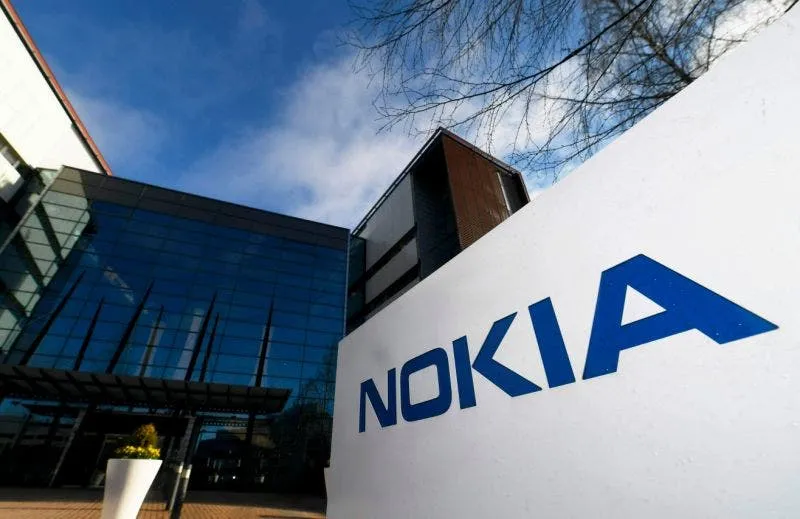
Nokia recently announced its first-quarter earnings report for 2020. For Q1 2020, Nokia recorded a revenue of $5.3 billion. This is a 2% decrease year-on-year relative to its $5.4 billion revenue of the same period last year. In the first quarter of this year, Nokia's revenue fell short of analysts' expectations, mainly because the outbreak of a new coronavirus disrupted its supply chain in China. However, the strong demand for new 5G telecommunications equipment helped the company achieve a small profit. This is a piece of good news for Nokia.

The Finnish company is competing with Huawei and Ericsson. It is trying to strengthen its 5G business, particularly setting its sight on the US 5G deployment. Both Ericsson and Huawei experienced revenue growth in the first quarter of this year. Nokia has been working hard to reduce product costs and delivery delays. The company said that product cost reduction is progressing smoothly, and shipments of its new 5G ReefShark equipment is increasing.
Before Nokia made the above remarks, its competitor Ericsson said last week that the epidemic made it more difficult to provide services, and because of the closure of the city caused by the epidemic and other measures, Europe may be further behind in upgrading the latest mobile phone technology, although The United States continues to advance its 5G plan.
Nokia is reducing the prices of its 5G equipment
Nokia is gradually phasing out expensive 5G components that threaten its profitability and competitiveness. In the first three months of this year, new products with higher cost performance account for about 17% of Nokia's 5G product shipments, up from 10% in the previous quarter.
At the same time, Nokia lowered its full-year performance forecast for 2020 because the company had difficulty delivering equipment to customers. The company expects its earnings per share to be $0.25, compared to previous estimates of $0.27. In addition, Nokia expects an operating profit margin of around 9%, compared to previous estimates of 9.5%.
Popular News
Latest News
Loading






